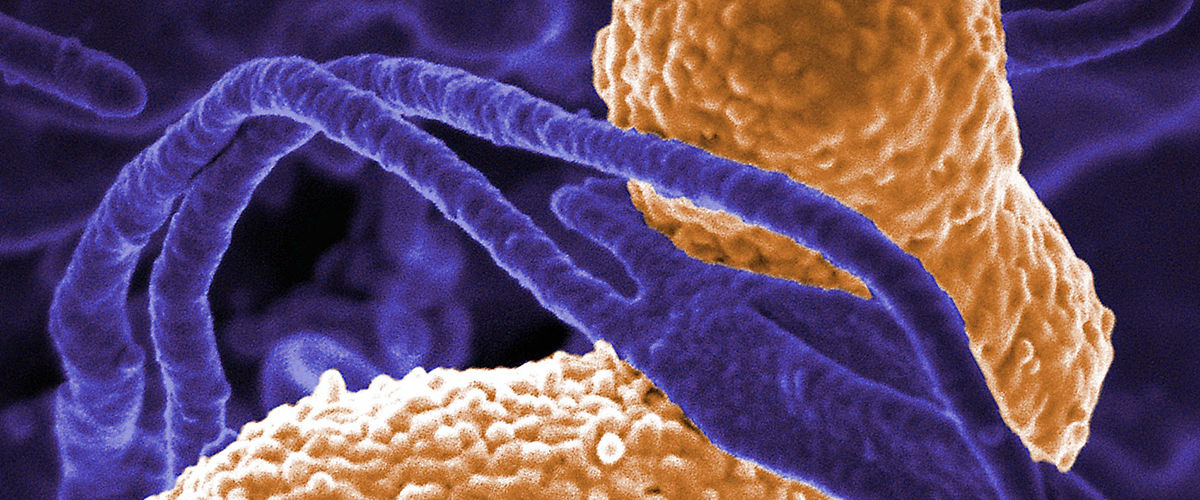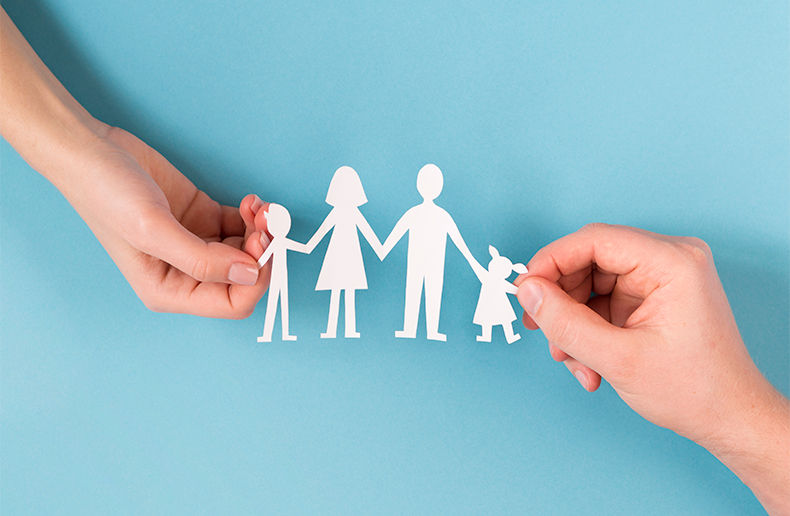The term "orphan" appeared in the early 1980s in the United States in connection with the treatment of rare diseases. It was said that a disease was orphaned if there was no treatment other than that of its symptoms.
At that time, companies and researchers were reluctant to design a drug for a rare disease because it was not profitable. Since then, the United States, Europe and a few other countries have offered tax benefits to pharmaceutical companies to encourage them to develop treatments. The experimental drug then obtains the designation of "orphan drug".
Nevertheless, there are few orphan drugs available. There are currently 700 for about 7,000 rare diseases, barely 10 per cent of all diseases. Still, that's twice as many as six years ago. And, thanks to the research and the fierce competition currently being waged by pharmaceutical companies, the number of orphan drugs could double within a few years.
Orphan drug treatments, however, are often very expensive, sometimes up to hundreds of thousands of dollars. Why did the term "orphan disease" become prevalent? "Because the vast majority of rare diseases are orphaned in many ways: lack of information on the disease, delay in diagnosis, little information on medical care, little or no research or treatment," says Gail Ouellete, founder and CEO of the Regroupement québécois des maladies orphelines (RQMO).
There are rare diseases that are less orphaned than others, such as cystic fibrosis, she says. The gene responsible for this disease was identified in the 1980s. Cystic fibrosis has been the subject of more research that has led to major gains in life expectancy.
What people with rare diseases experience
The RQMO has surveyed patients with orphan diseases to understand their experience.
- Most respondents report that a doctor had already told them that they (the patient) seemed to know more about their illness than they did themselves (60 per cent); that they gave the doctor information (66 per cent) or were told that the illness was too complex for the doctor to treat (51 per cent).
- 37 per cent of patients waited three years or more for a diagnosis; 27 per cent waited five years or more, and 17 per cent waited more than ten years. In addition, 31 per cent consulted five physicians before being diagnosed, and 72 per cent were told in the emergency room by medical personnel that they did not know what to do for the patient.
- About 71 per cent feel alone or isolated because of their illness.
- In addition, 42 per cent find that the costs they have to pay themselves for equipment, medical equipment or medicines are high or very high.
- Finally, 31 per cent found it difficult or very difficult to access treatment or did not have access to treatment.

From blockbusters to nichebusters
Advances in pharmacology in the treatment of several diseases have led to the development of a powerful pharmaceutical industry with a market of hundreds of billions of dollars, says Marc-André Gagnon, Professor at the School of Public Policy and Administration at Carleton University in Ottawa, and researcher for Harvard's Edmond J. Safra Center for Ethics.
Gagnon says that the manufacturers have seen a new lucrative niche market develop in personalized medicine and orphan drugs.
In the 2000s, he says, there was a shift in the dominant business model, which was then based on blockbusters – antidepressants or proton pump inhibitors, which did not cost very much, but which were sold to a large number of people.
But, many of these drugs have been copied by other manufacturers or have become generics. Because of the decline of blockbusters, pharmaceutical companies, aided by fiscal measures, began to turn to the development of new markets of specialized drugs for smaller markets.
From there, says Gagnon, there has been some restructuring of the industry towards higher-paying drugs and a business model he calls nichebusters – niche drugs sold to a small market, but at extremely high prices. These products do not require a huge marketing campaign.
The development of pharmacogenomics, he says, allows researchers and pharmaceutical companies to identify diseases of genetic origin – for example, high cholesterol levels in people with a particular gene. And when a new disease is found, an appropriate drug is developed.
"It's part of the business strategies of manufacturers to go for the designation of orphan drugs, saying it responds to a specific patient niche,” he says. It makes a nice argument to say: ‘Our product must be reimbursed even if it is very expensive, because it is the only option for this specific rare disease.’ "
A burst of research on the horizon
Since the early 2010s, he says, orphan drugs have become the new business model for most major pharmaceutical companies, and we are headed for a burst of research. Evaluation mechanisms worked relatively well when comparing a new statin compared to another on the market, but "when you come up with a niche drug for a rare disease for which there is no other treatment available, the assessment becomes more complicated. We are opening the door to greater generosity and payments of $100,000, $200,000, $500,000, says Gagnon.
Gagnon, an avowed supporter of a public, universal drug plan, points out that the high cost of expensive new treatments is putting pressure on private drug plans.
"Employers have seen a huge increase in premiums in recent years, and it's not about to reverse. It forces them to put in place a series of measures to contain the costs. In the past, these niche drugs accounted for 3 or 4 per cent of the bill. Currently, that number reaches 25 per cent, and it is estimated that it will rise to 40 per cent in the next five years."

Rare and orphan diseases in numbers
- There are more than 7,000 rare diseases listed around the world.
- It is estimated they represent 20 to 35 per cent of all human pathologies.
- About 60 per cent of these diseases affect children, 30 per cent of whom die before the age of five. Several rare diseases can affect people at any age.
- Approximately 80 per cent of rare diseases are of genetic origin. They can also be caused by immune disorders, infections or intoxications. Sometimes they have no known cause. It is estimated that 50 per cent of those affected do not have an accurate diagnosis.
- There are approximately 700 special therapies for more than 7,000 rare diseases (including rare cancers).
Source : Regroupement québécois des maladies orphelines





